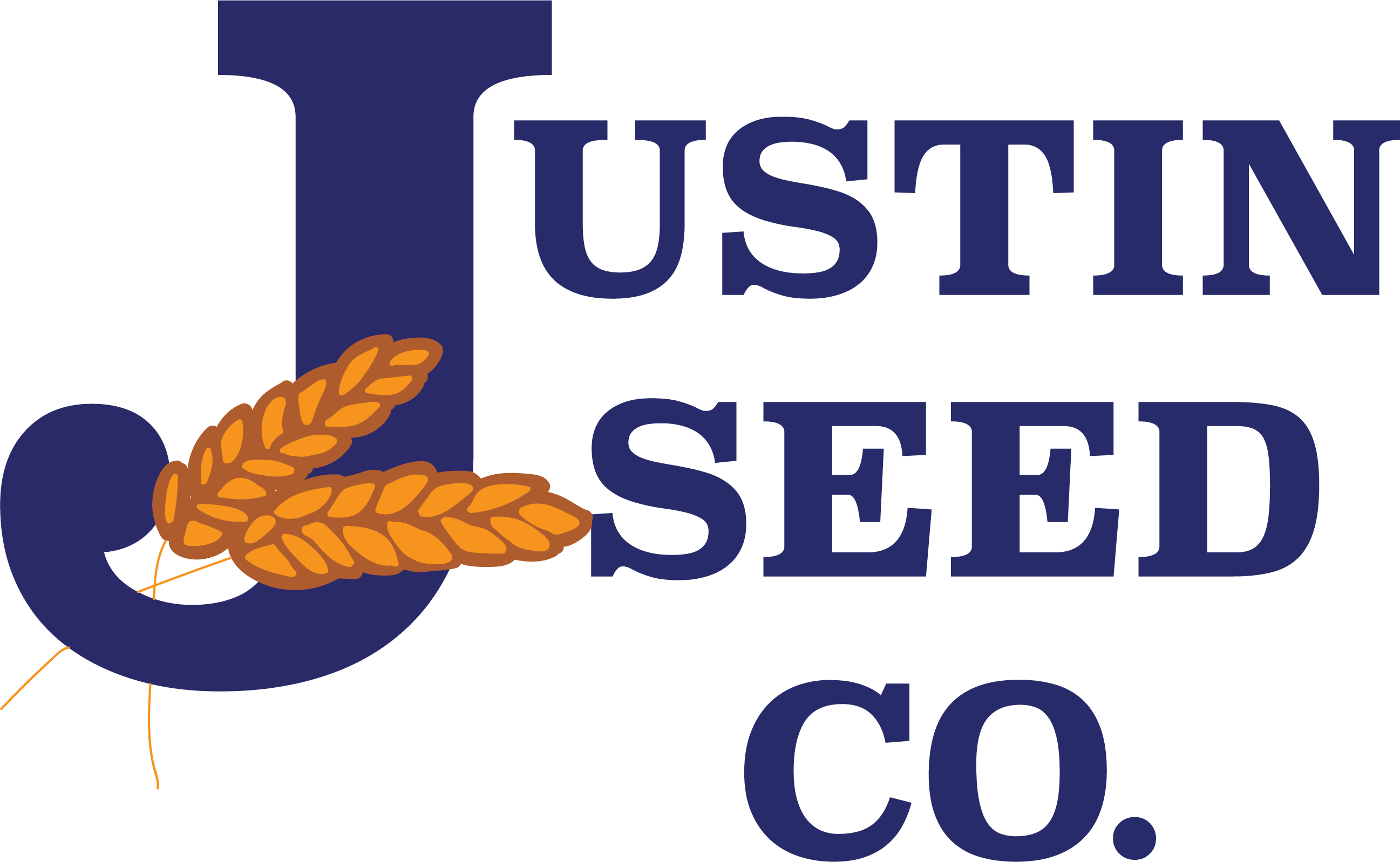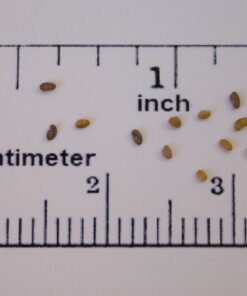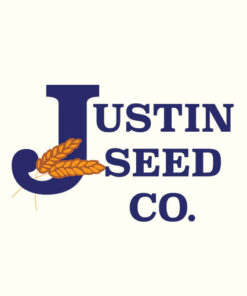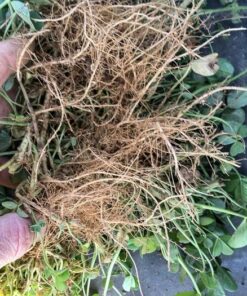Cowpea, Red Ripper
Good for legume cover and wildlife. and soil improvement, needs warm soil. Seed are maroon in color and hard-seeded.
Good for legume cover and wildlife. and soil improvement, needs warm soil. Seed are maroon in color and hard-seeded.
| Planting Time | Planting Rate Acre |
| Late Spring | 15-25 lb. rows. 40-60 Broadcast |
| Weight | 1 lbs |
|---|
Be the first to review “Cowpea, Red Ripper” Cancel reply
You must be logged in to post a review.
Related products
An upright, cool-season, annual legume native to the Mediterranean region that grows to a height of 30 inches under good conditions. Seeds germinate in the fall, but grow slowly during the winter.
Many different varieties. In the black lands of Texas cotton root rot limits the life of Alfalfa to 2 to 3 years. For this reason in our locale area we only recommend Oklahoma Common Alfalfa.
Native, cool-season perennial which can grow up to three feet tall. The plant produces a basal rosette of leaves that can grow eight inches long.
New long-lasting white clover that promises great performance for years to come. Renovation was bred for maximum stolon density, longer life, and greater animal performance.
Red winter beardless wheat that is adaptive across the south to be used as a forage wheat. Beardless wheat has little to no awns which allows continued grazing when the seed is setting in late spring.
Annual legume and the source of guar gum. Assumed to have developed from the African species Cyamopsis senegalensis.
Cool-season annual vine that is smooth and has a bluish-green waxy appearance. Vines can be up to 9 ft. long, however modern cultivars have shorter vines, about 2 ft. long.
In the south this is a summer staple at the dinner table. Okra likes warm and hot weather and produces fruit through its entire growing life.











Reviews
There are no reviews yet.